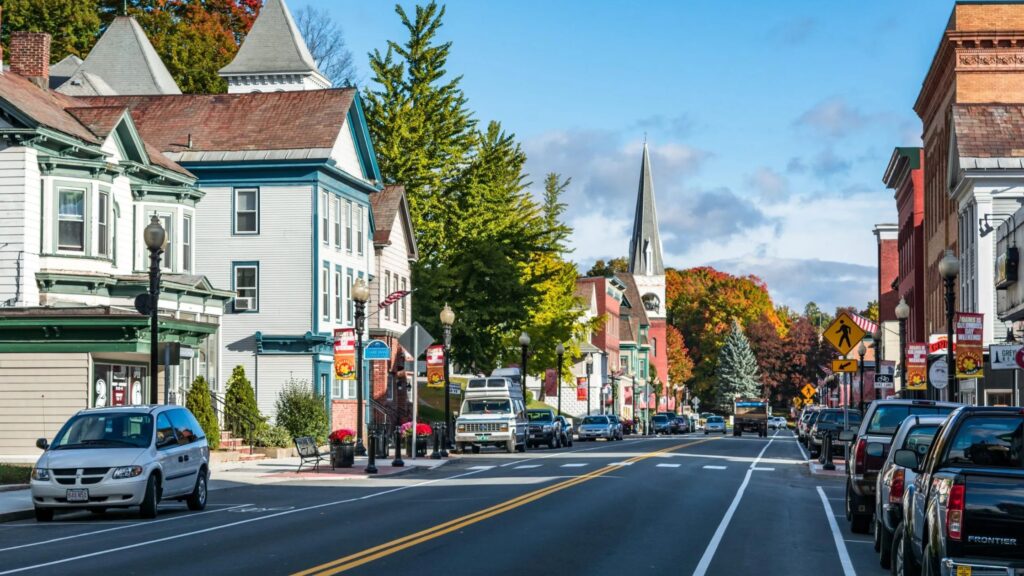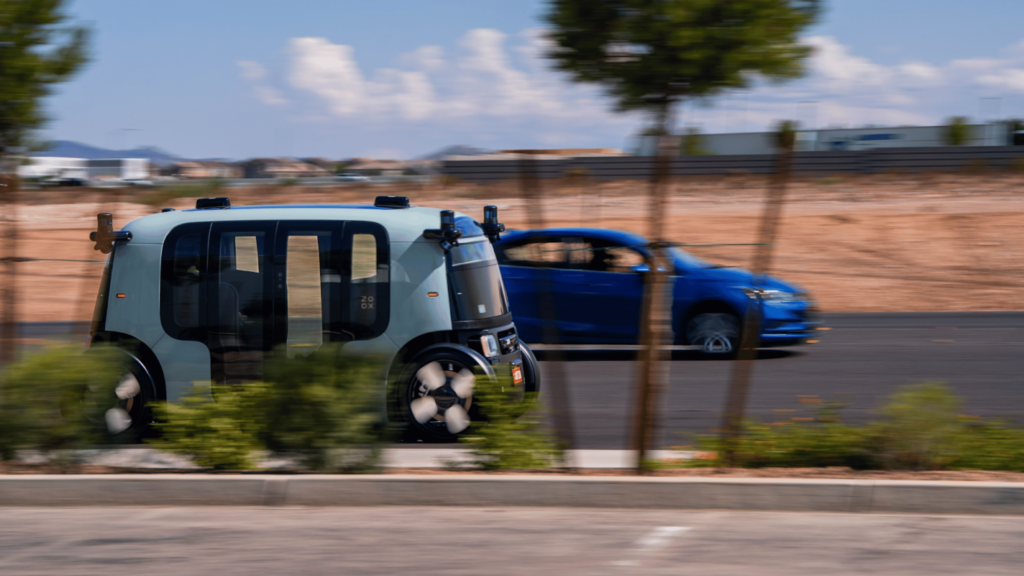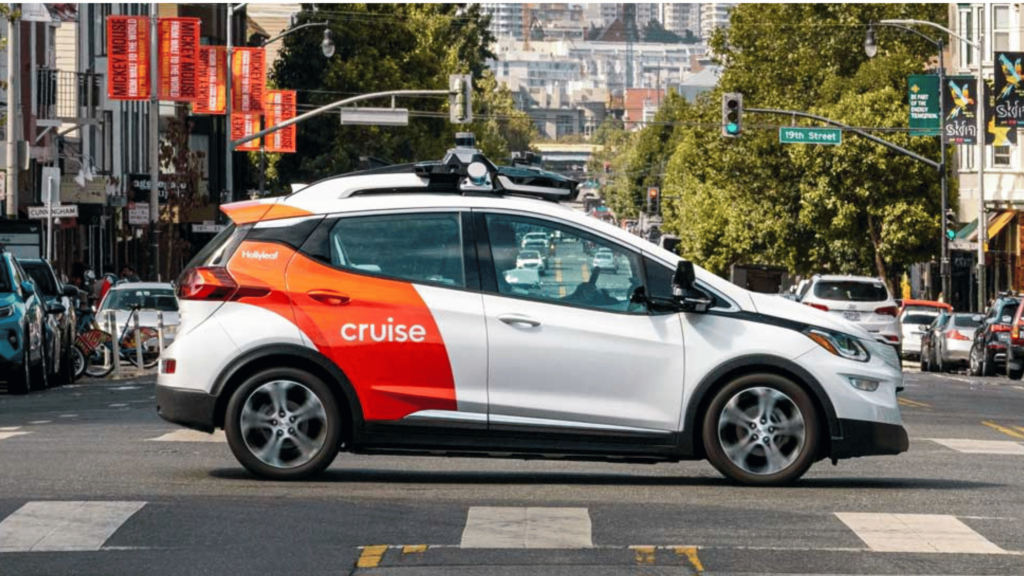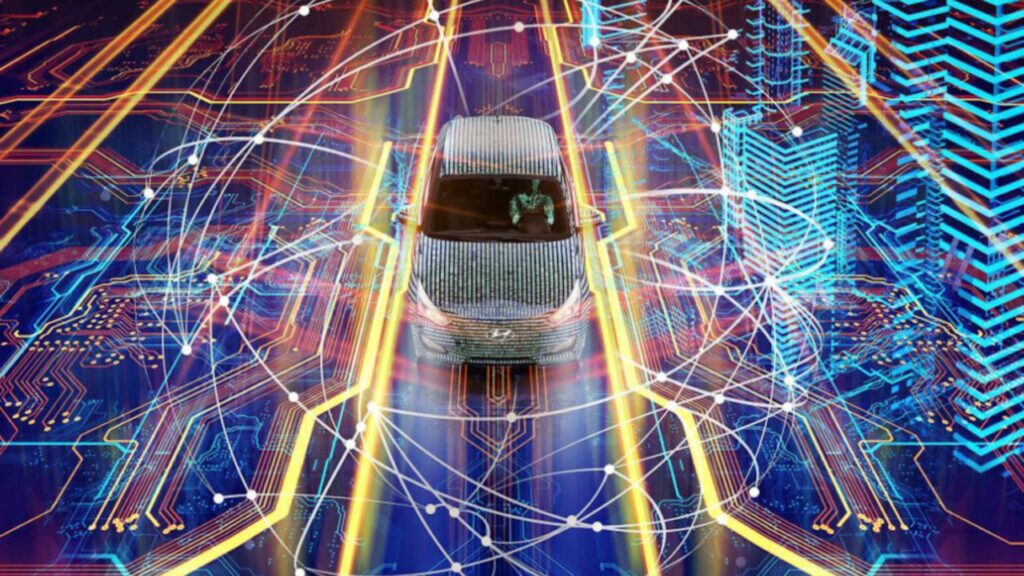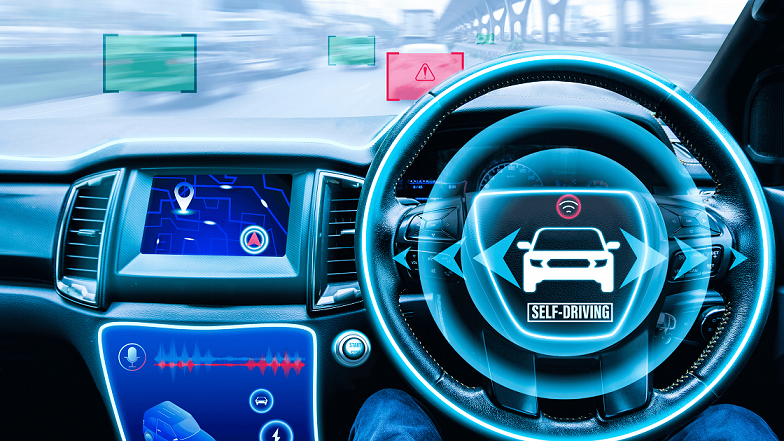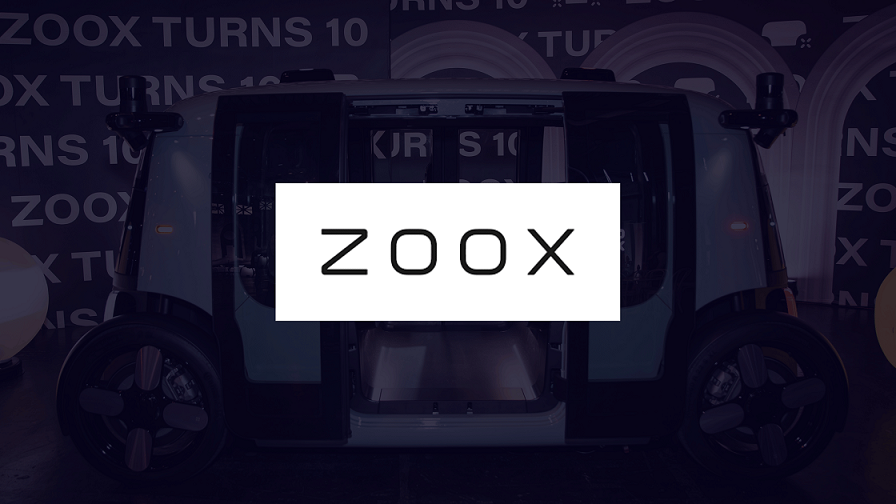Key Points:
• Five Waymo robotaxis were torched during anti-ICE protests in downtown Los Angeles on June 8, 2025, forcing the company to suspend service in parts of the city.
• The Waymo autonomous vehicles became symbols of corporate indifference amid immigration raids, with protesters spray-painting anti-ICE slogans before setting them ablaze.
• The intense fires completely destroyed the vehicles’ aluminum bodies, leaving only wheel rims and traces of metal framework behind.
The air in downtown Los Angeles was thick with smoke and fury as protesters surrounded a row of pristine white Waymo vehicles parked along Los Angeles Street. What started as peaceful demonstrations against immigration enforcement had evolved into something much more intense—and these autonomous cars had become unlikely targets in a very human conflict.
The Spark That Ignited the Flames
The protests erupted after Immigration and Customs Enforcement (ICE) conducted raids throughout Los Angeles and surrounding communities on Friday, June 6th. What began as organized demonstrations quickly intensified over the weekend as community members expressed their outrage over the Trump administration’s immigration crackdown.
By Sunday evening, the situation had reached a boiling point. Protesters were no more peacefully waving Mexican and Guatemalan flags to express solidarity with immigrant communities. It had turned into an all-out chaos. Several Waymo autonomous vehicles were set ablaze in downtown Los Angeles. Demonstrators poured onto the 101 Freeway, leading to violent clashes with law enforcement, injuries, arrests, vandalism, and fires. About 300 National Guard members arrived in Los Angeles during a third straight day of immigration protests.
When Technology Meets Human Rage
According to the Los Angeles Times, a group of protesters approached the parked Waymo vehicles and smashed their windows, slashed their tires, spray-painted them with anti-ICE slogans, and set them on fire.
Five Waymo robotaxis were torched on Sunday during the protests.
The Los Angeles Police Department issued safety warnings about the burning vehicles. “Burning lithium-ion batteries release toxic gases, including hydrogen fluoride, posing risks to responders and those nearby,” the LAPD said in a statement posted on X. The department also urged people to steer clear of downtown because burning lithium-ion batteries, that Waymo Jaguar i-PACE robotaxis uses, can release toxic fumes.
Why Waymo? The Targeting of Robotaxis
Who Is Waymo?
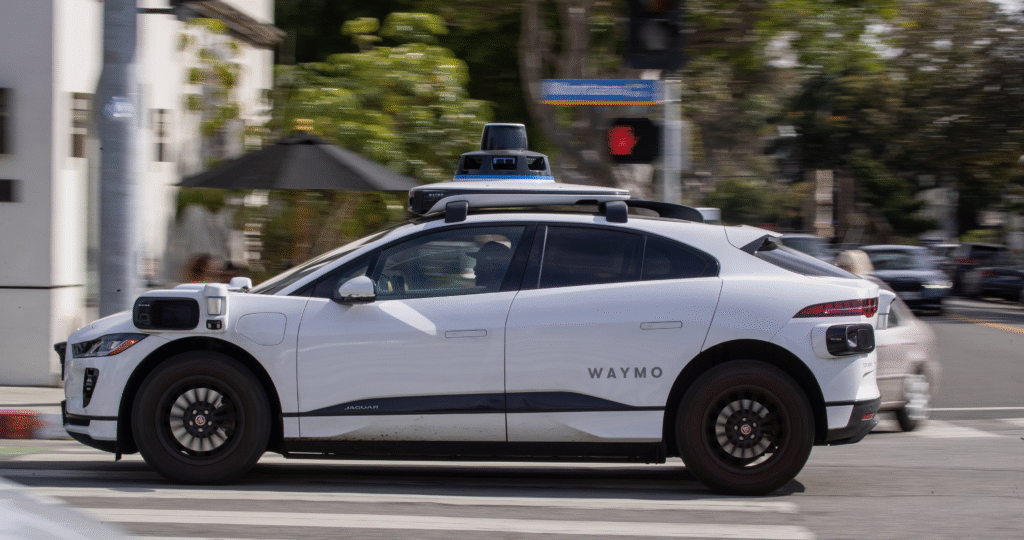
Waymo, a subsidiary of Alphabet (Google’s parent company), is a pioneer in autonomous vehicle technology. Launched as the Google Self-Driving Car Project in 2009, it rebranded as Waymo in 2016 and began offering driverless ride-hailing services in 2020. Waymo’s fleet of electric Jaguar I-Pace SUVs, equipped with dozens of cameras, radar, and lidar sensors, operates in several U.S. cities:
- San Francisco: Waymo’s robotaxis have become a familiar sight, serving as a tourist attraction and completing a significant share of rides in the city.
- Los Angeles: Launched in November 2024, Waymo covers 89 square miles from Santa Monica to downtown, providing over 250,000 weekly paid rides across its markets.
- Phoenix: The first city to host Waymo’s commercial service, Phoenix has embraced the driverless taxis.
- Austin: Waymo expanded here in 2024, with plans to grow further.
- Upcoming Markets: Atlanta and Miami are slated for 2025, with testing underway in Tokyo.
Waymo’s mission is to be “the world’s most trusted driver,” boasting over 5 million rider-only trips. Yet, despite its technological advancements, the company has faced skepticism, with over 50% of U.S. drivers expressing fear of riding in self-driving vehicles in a 2025 survey.
A Symbol of Big Tech and Surveillance
While Waymo insists its vehicles were not specifically targeted, several factors made them a focal point for protesters’ anger.
First, Waymo’s association with Alphabet ties it to Big Tech, a sector increasingly viewed as disconnected from everyday struggles.
“These robotaxis represent more than just technology,” said a critic quoted in the Times of India. “They function as roving surveillance devices and may pose a threat to protester anonymity.”
Reports have confirmed that the LAPD has used Waymo’s camera footage to investigate crimes, such as a hit-and-run case in April 2025, raising fears that these vehicles could be used to identify and track protesters.
Chris Gilliard, a fellow at the Social Science Research Council, told Bloomberg in 2023, “Self-driving vehicles are essentially surveillance cameras on wheels.”
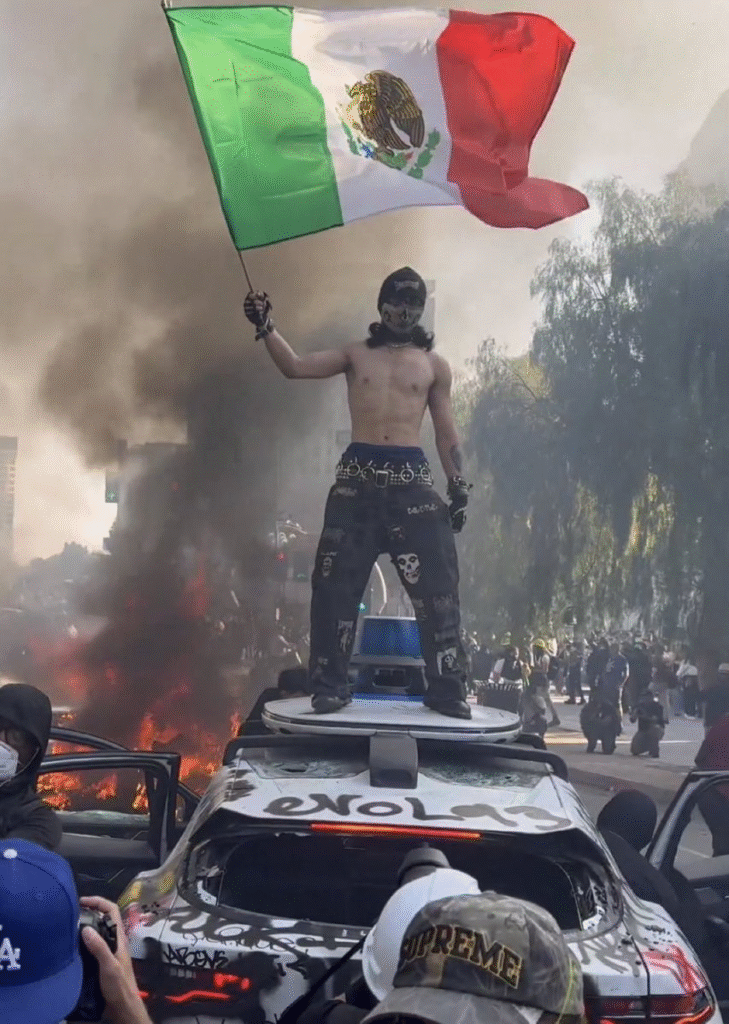
Waymo’s 29 external cameras, providing a 360° view, amplify these concerns, especially in a protest setting where anonymity is critical. Although Waymo claims it only shares footage with law enforcement under strict legal processes, the perception of robotaxis as tools of surveillance fueled resentment.
Vulnerability in Chaos
Waymo’s driverless nature made its vehicles easy targets. Unlike human-driven taxis, which might speed away or confront aggressors, Waymo’s robotaxis are programmed to drive conservatively and avoid harming pedestrians, even in volatile situations.
“They’re sitting ducks,” said Andrew J. Hawkins, transportation editor at The Verge. “Their programming forbids them from driving threateningly if surrounded.” Protesters reportedly smashed windows, slashed tires, and used skateboards or makeshift flamethrowers to damage the vehicles, some even throwing Lime e-scooters into the flames.
Speculation online suggested that protesters may have summoned Waymo vehicles to the protest site via the Waymo One app, though the company disputes this, stating the cars were simply completing nearby drop-offs. Regardless, their presence in a chaotic environment made them vulnerable. “It’s to be expected that some people will take advantage of situations where no driver is present,” said Missy Cummings, an engineering professor at George Mason University.

Economic and Social Tensions
Beyond surveillance, Waymo’s robotaxis symbolize broader societal shifts. The rise of driverless technology threatens jobs in the ride-hailing industry, a profession often filled by immigrants.
“What’s more dystopian: robotaxis being destroyed in a protest, or automated taxis putting thousands in an immigrant-friendly profession out of a job?” asked Brian Stelter of CNN.
In a city like Los Angeles, where economic inequality and distrust of Big Tech are palpable, Waymo’s sleek, futuristic vehicles became a lightning rod for frustration.
Ironically, Google has historically supported immigrant rights, donating millions to organizations like the ACLU and the Immigrant Legal Resource Center. By targeting Waymo, protesters inadvertently attacked a company tied to these efforts, highlighting the complex interplay of technology and social justice.
The Fire and Its Fallout
The destruction of at least five Waymo Jaguar I-Pace vehicles caused fires reaching temperatures over 1,000°C due to “thermal runaway” in their lithium-ion battery packs. This phenomenon, explained in Scientific American, caused the cars to burn intensely, vaporizing much of their structure and releasing toxic hydrogen fluoride gas. The financial toll is huge, with each vehicle valued at $150,000–$200,000, potentially totaling $862,500 in damages.
Waymo’s Response
Waymo swiftly suspended service in downtown Los Angeles and parts of San Francisco, citing safety concerns. “Safety is our highest priority,” said spokesperson Ethan Teicher. “We removed vehicles from Downtown Los Angeles and will not be serving that specific area for the time being.” The company is working with the LAPD to pursue criminal prosecution and damages, though it maintains the attacks were not directly aimed at its operations.
Public and Political Reactions
The burning Waymos became a polarizing image. Right-wing commentator Charlie Kirk posted on X, “This is the image of the modern Democrat Party. Chaos over order. Criminals over law abiding citizens. Foreigners over Americans,” alongside a photo of a charred vehicle. Meanwhile, supporters of the protests saw the robotaxis as symbols of a tech-driven future that marginalizes communities. Social media memes, like one captioning a “Goodfellas” scene with “A Waymo arriving to pick up a passenger in downtown Los Angeles,” reflected the public’s mix of humor and outrage.
Broader Implications: Technology and Trust
The torching of Waymo’s robotaxis underscores a deeper tension between technological innovation and public trust. While Waymo’s safety record suggests its vehicles are often safer than human drivers, incidents like these highlight ongoing concerns about autonomous vehicles. Los Angeles officials, including Mayor Karen Bass, have long expressed skepticism, with Bass citing safety incidents in San Francisco as a reason for stricter regulations.
The protests also raise questions about the role of technology in public spaces. As cities embrace driverless cars, how can companies like Waymo address fears of surveillance and job displacement? For now, the image of burning robotaxis serves as a stark reminder that progress often comes with resistance.

I’m Dr. Brandial Bright, also known as the AVangelist. As a dedicated and passionate researcher in autonomous and electric vehicles (AVs and EVs), my mission is to educate and raise awareness within the automotive industry. As the Founder and Managing Partner of Fifth Level Consulting, I promote the adoption and innovation of advanced vehicle technologies through speaking engagements, consulting, and research as we progress to level 5 fully autonomous vehicles.


